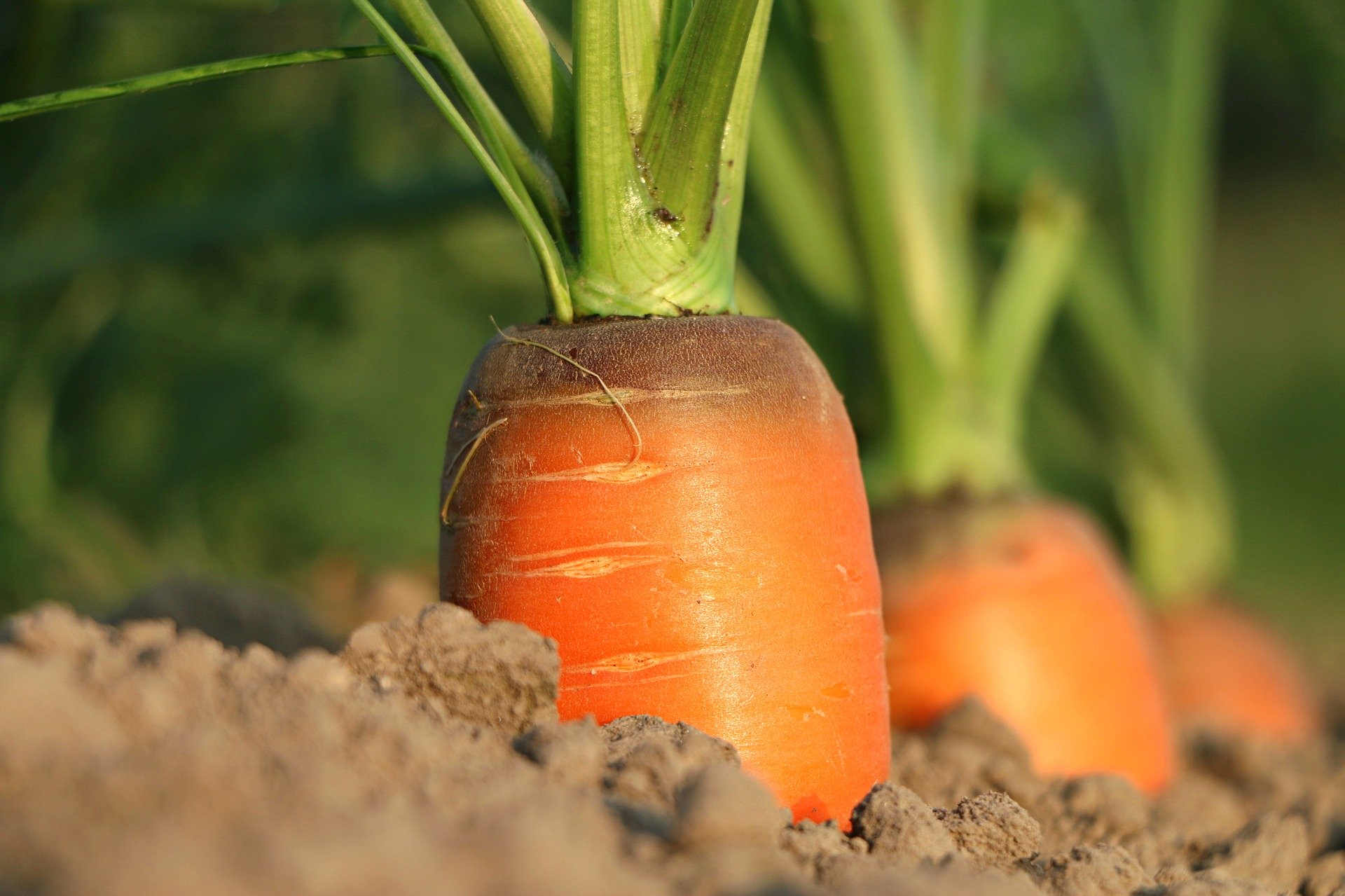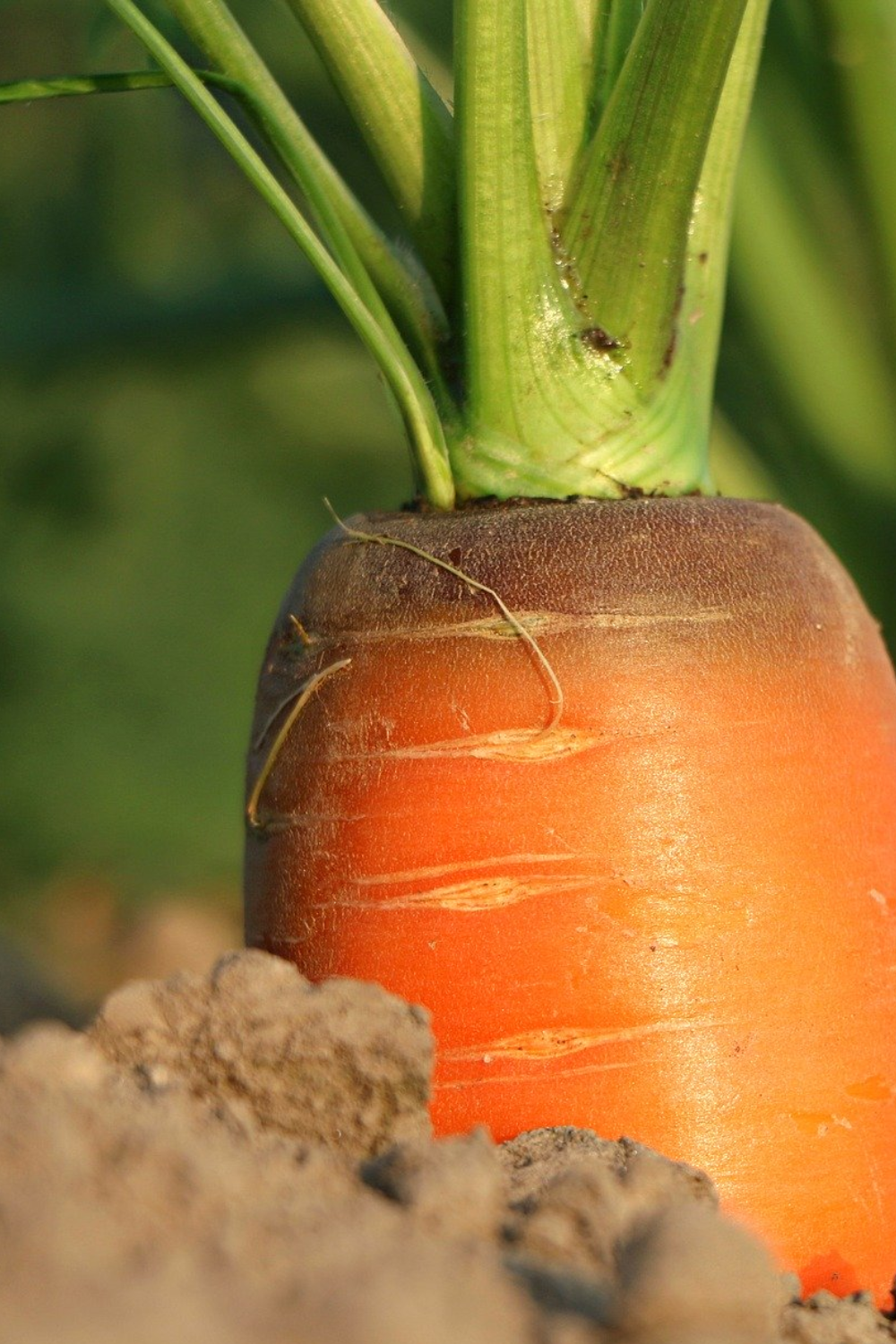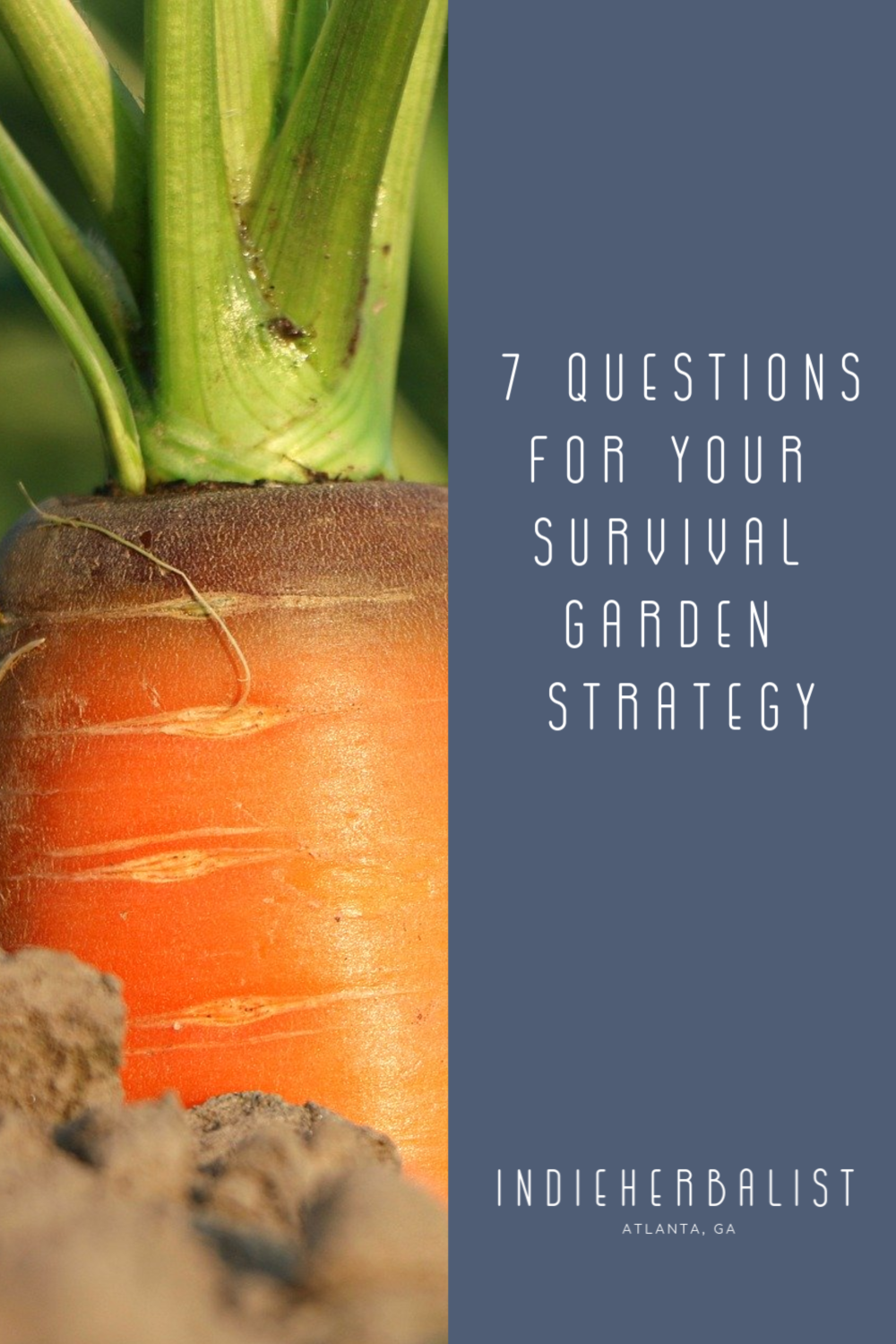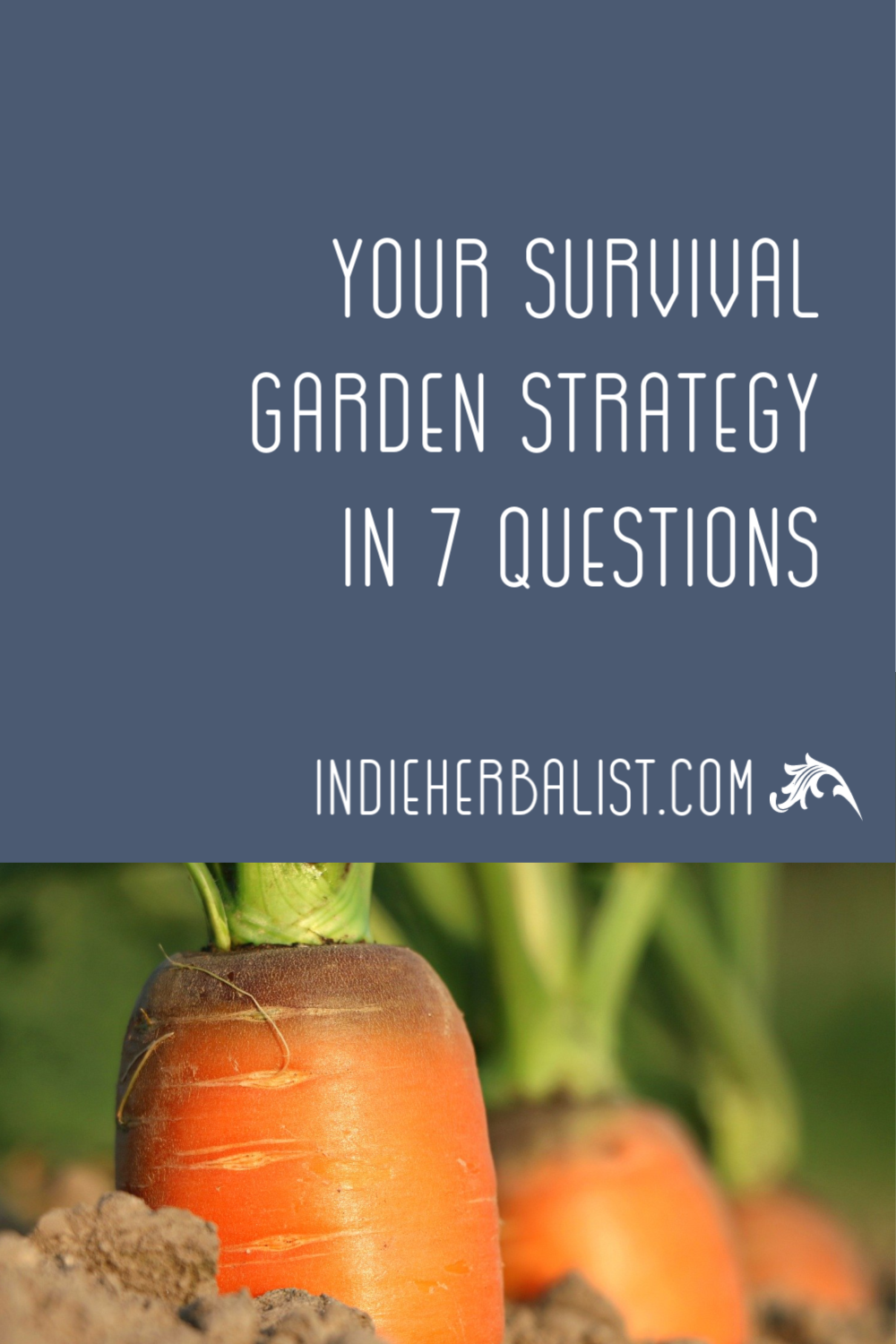Links contained in this post and elsewhere on my website may include affiliate links. When you make a purchase through these links, I earn a commission at no additional cost to you. I only link to products and services that I love - and that I think you will love, too!
Can you answer these seven questions about your survival gardening strategy? Discover what you should be asking yourself to make sure you’re prepared!

If you haven’t ever planted a garden before, but you have seeds stashed away in case of emergency, I hope you will put some of them to use this year. Even if you only grow a few plants in a container garden, relying on seeds for sustenance is a long term skill that develops over time. Practice makes perfect! Rather, practice makes it more likely you’ll have something on the table at harvest time.
Personally, I think everyone should be gardening. Even if it’s just on the patio. Gardening skills have been passed down for thousands of years and being able to grow your own food is nothing short of a birthright. Why not give it a try?
These questions will help you do the research and make informed decisions for your specific situation. After all, gardening has different nuances from one location to the next. Personal preference and style are other factors to consider.
So, here are seven questions you should consider to make your survival garden a success!
Where are you planning to garden?
You will need to be able to select a decent garden spot, especially if you don’t have a garden already established. Enough sunlight, proximity to water, and soil type play a big part in whether or not your garden will succeed. Nearby trees might compete for water, cast too much shade, and also make breaking ground a pain because of their impressive root systems. Can you identify basic soil types (clay, sand, loam)?
Do you have the tools you need?
Next, consider how you will implement your survival gardening strategy. How are you planning to break ground for your garden if you haven’t already? A garden tiller is the only way to go for a large garden- it’s even better if you have access to a tractor the first time around. What about hand tools? Unfortunately, most of the hand tools available in garden centers aren’t worth buying anymore- all of the ones I’ve bought there recently have bent or broken within a few months. Find a specialty source to buy the good stuff, or hit up flea markets and garage sales to look for older, well-made tools.
Do you have a schedule?
Gardening is all about timing, and that’s especially true when it comes to survival gardening. Do you know when to plant each variety of seed in your survival seed kit? Some plants like cool soil to germinate, others need warm soil. Do you know your first and last frost dates? Plant too early for some varieties and your plants will die from exposure to cold. Planting too late in the season for others might mean the first winter frost kills them before they have time to mature. Timing really is everything.
What’s your plan for pest control?
Your seedlings will need to be protected from bad timing, but then you’ll need to worry about pests! Research common types of garden pests in your area and learn how to identify them on sight and by their damage. Develop a plan for controlling pests in your garden, preferably organic methods. This may include hand-picking pests, making traps, protecting plants with a barrier, or planting other crops to “sacrifice.”
How much will you need to grow?
Do you know the expected yield of the plants you intend to grow? How many of each plant should you plan to grow for each person? You need to determine how much of each crop you’ll need to feed each person and for how long. Some varieties store well (hard winter squash, dried beans), others will become a very seasonal part of your table (like fresh cucumbers and tomatoes).
How many plants will you need to grow for seed?
Seed saving itself is an art! Do you know the isolation distances needed between varieties to keep them from crossing? Cole crops like broccoli and kale and cabbage can all cross with one another, leaving you with a genetic luck of the draw when it comes time to replant your seeds! Kroccoli and babbage, anyone????
As part of your survival gardening plan, you will need to know how to maintain enough genetic diversity in your crops to keep them healthy and strong from year to year. Some plants have small population needs of 10-20 plants (tomatoes), while others (like corn) may need a minimum of 200!
How will you preserve your harvest?
Of course, survival gardening is only helpful if you know what to do with your harvest. Do you know how to keep a root cellar? Which plants need time to cure before storage? How will you keep pests out of your harvest? Will you have access to tools for canning or freezing? Preserving and cooking with your produce is yet another survival garden topic that you may have overlooked! You might want to look into staggering your plantings by a few weeks to extend your harvesting season and make it a little more manageable.
Asking yourself these 7 questions will help get you on the right track to make your survival garden a success, whether you are a complete newcomer or have gardened for a few (or more!) seasons with preparedness in mind. February and March are the perfect time of year to start planning a garden, and in some areas it may be time to start some seeds. So what are you waiting for?
Learn More with the Gardening and Sustainable Living Bundle
It can be hard to find good resources about gardening for self-sufficiency. That’s why I love the Gardening and Sustainable Living Bundle! It’s full of eBooks, eCourses, and printable planners to guide you. Individually, all of the resources would cost over $500, but it’s on sale for $24.99.
I’m delighted to partner with them as an affiliate. Enroll here and you’ll be well on your way to learning sustainable gardening skills and how to preserve the food you grow!
If you are just getting started with survival gardening or veggie gardening, you might also enjoy reading my article on growing vegetables for new gardeners.
All the best,
Agatha
About Me
Agatha Noveille is an herbalist and author based in Atlanta, Georgia. Her herbal recipe book, The Complete Guide to Adaptogens, is available wherever books are sold!
.jpg)


